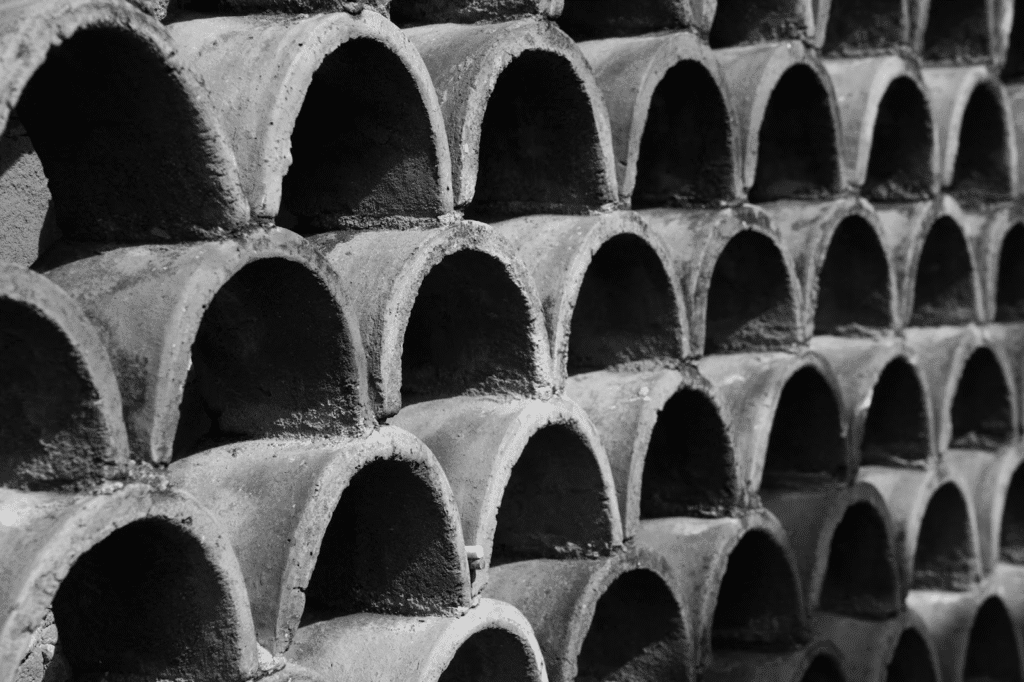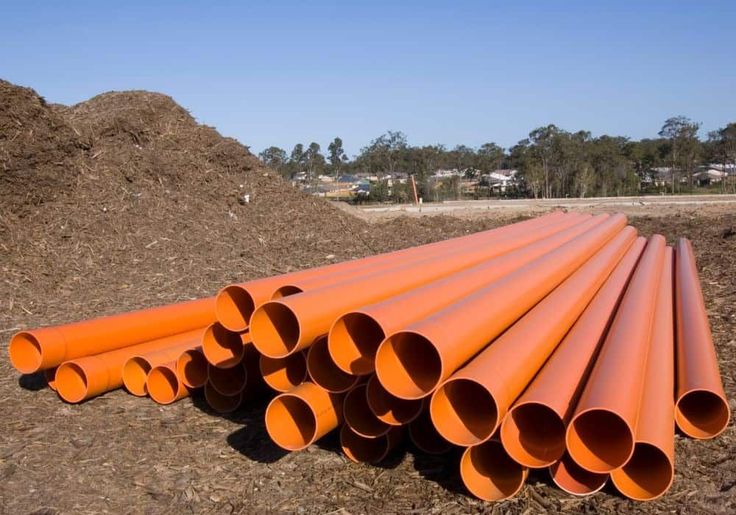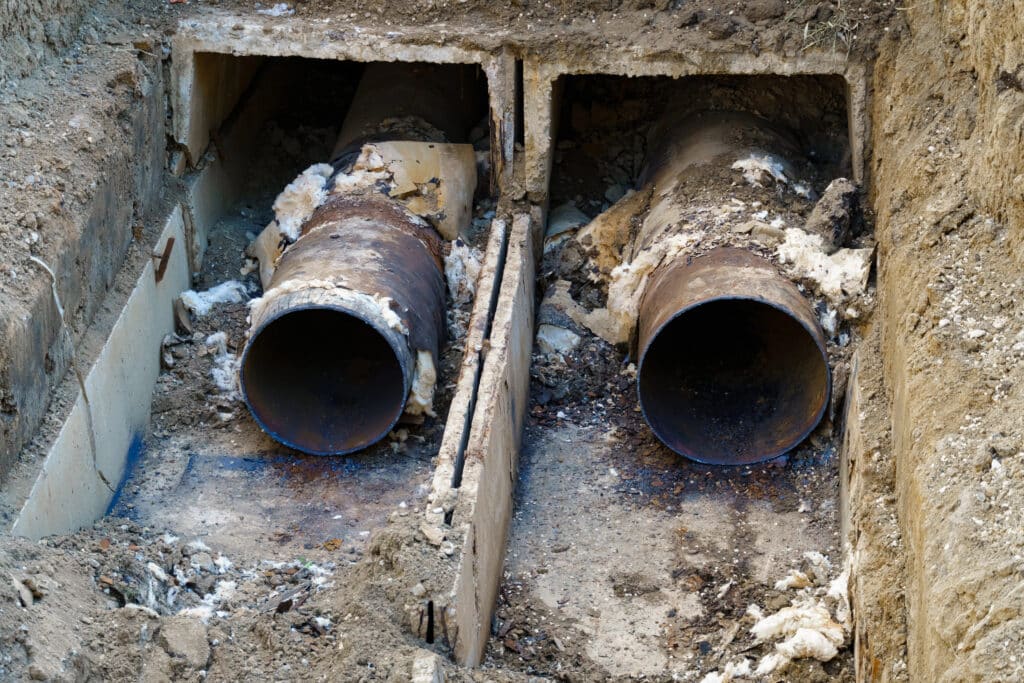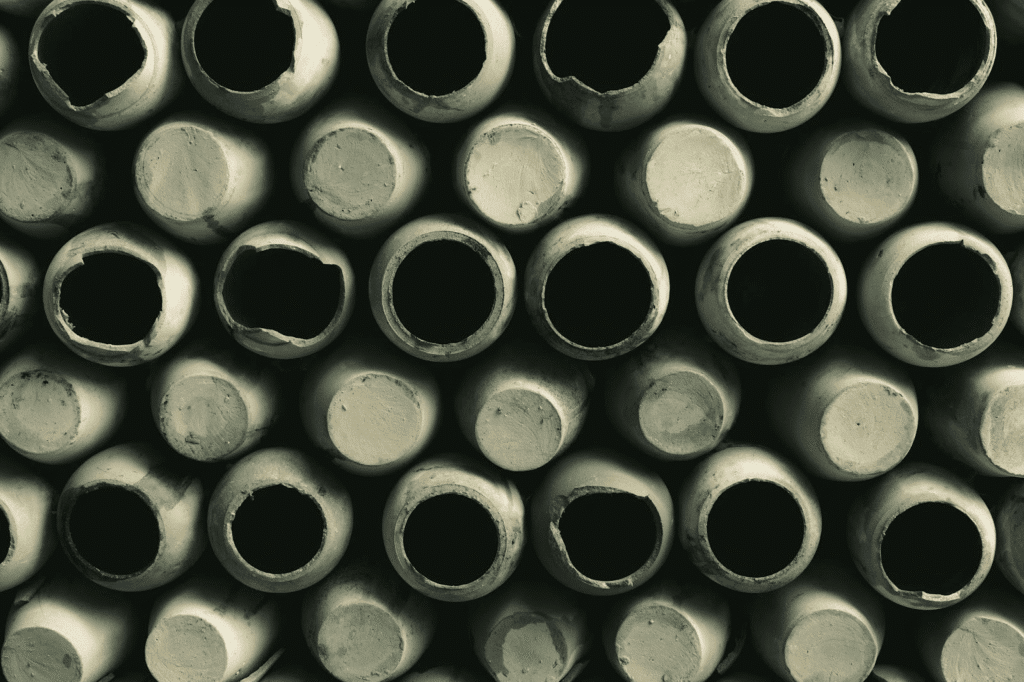
Sewer systems are one of the most critical but often overlooked components of a property. While modern construction frequently relies on PVC or concrete piping, many older homes still have clay sewer pipes. These pipes, once a standard choice for their affordability and durability, can pose unique challenges and advantages for today’s property owners. Understanding the nature, benefits, and drawbacks of clay sewer pipes is important for maintaining a safe and efficient plumbing system. This article explores key facts every property owner should know, offering valuable insights for those managing older properties or considering sewer system upgrades.
The Historical Use of Clay Sewer Pipes
Clay sewer pipes have been in use for centuries, dating back to ancient civilizations that valued their natural durability and accessibility. In the 19th and early 20th centuries, clay became the go-to material for sewer systems in residential and commercial properties. The material’s abundance and ability to resist chemical corrosion made it an attractive choice at the time. For many homes built before the 1970s, clay pipes are still in place, functioning well despite their age. While their longevity is impressive, property owners must remember that time and environmental factors eventually take a toll on even the strongest materials.

Advantages of Clay Sewer Pipes
One of the reasons clay was widely used is its natural resistance to many chemicals commonly found in wastewater. Unlike metal pipes, clay does not rust, and it is less likely to degrade due to household cleaning agents or industrial waste. Clay is an environmentally friendly material since it is made from natural resources and can be recycled. In terms of lifespan, clay sewer pipes can last anywhere from 50 to 100 years under the right conditions, which explains why many are still in use today. For property owners, these qualities highlight why clay pipes were once considered state-of-the-art.
Common Problems with Clay Sewer Pipes

Despite their strengths, clay sewer pipes are far from perfect. One of the most significant issues with clay sewer pipes is root intrusion. The porous nature of clay and its jointed installation make it vulnerable to tree roots seeking moisture. These roots can cause blockages, cracks, or even complete pipe collapse. Clay pipes are brittle, meaning they are more susceptible to breaking under pressure from soil shifts, heavy traffic, or natural ground movements. Once compromised, repairs can be complex and costly, requiring either spot fixes or complete replacements depending on the extent of the damage.
Signs of Clay Pipe Deterioration
Being proactive is crucial for homeowners with clay sewer pipes. Some telltale signs of deterioration include frequent drain clogs, slow water drainage, foul odors in the yard, or even sewage backups inside the home. Wet patches or sinkholes in the yard can indicate a leak underground, which often points to cracked or collapsed clay pipes. Since these symptoms can mimic other plumbing issues, professional sewer inspections using cameras are the most reliable way to confirm pipe damage. Property owners who notice these warning signs should act promptly to avoid costly repairs and potential property damage.

Repair and Replacement Options
When clay sewer pipes begin to fail, property owners have several options. Spot repairs can resolve localized issues if only one section of the pipe has been compromised. For extensive damage or recurring problems, replacement may be the more cost-effective long-term solution. Modern alternatives such as PVC or HDPE pipes offer greater durability and fewer maintenance challenges. Trenchless sewer repair technology allows pipes to be replaced or relined with minimal digging, saving time and landscaping costs. Understanding these options helps property owners make informed decisions when facing pipe problems.
The Cost Factor to Consider

The financial implications of clay sewer pipe repairs or replacements can vary widely. Spot repairs might cost a few thousand dollars, while full replacements can range significantly depending on the length of the system, accessibility, and local labor rates. Trenchless technology often has higher upfront costs but reduces expenses related to excavation and yard restoration. Property owners should consider the long-term savings of switching to modern materials, which often require less frequent maintenance. Planning and budgeting for these potential expenses ensures fewer financial surprises down the road.
Clay sewer pipes are a fascinating part of property history, offering durability and challenges. While many homes still rely on them today, property owners must understand their vulnerabilities and plan for eventual repair or replacement. From root intrusion to maintenance strategies, being informed ensures smoother plumbing operations and fewer emergencies. Whether choosing to maintain, repair, or replace clay pipes, staying proactive is the key to protecting one of the most vital systems in any property.
- 0shares
- Facebook0
- Pinterest0
- Twitter0



